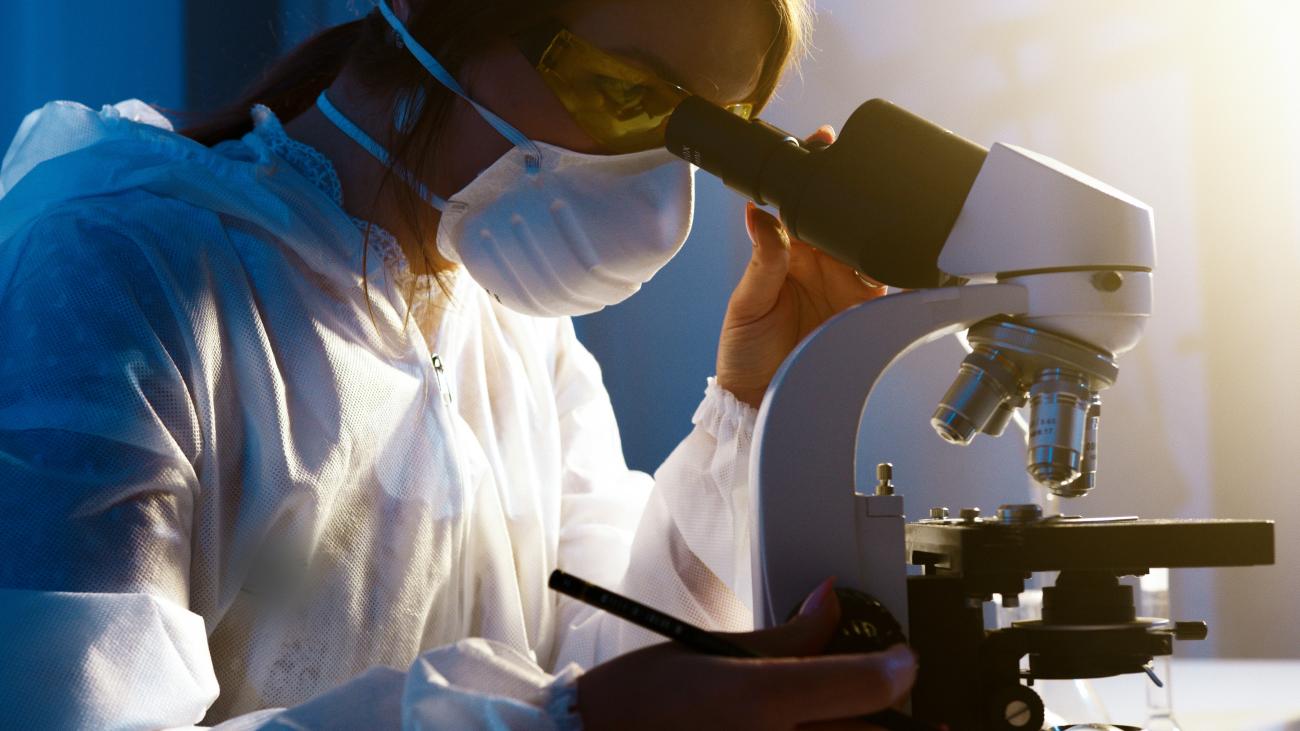Database providing access to the High Technology Network's industrial research offering: research competences, type of analyses and tests available at the Laboratories. Companies can consult the Catalogue to find Laboratories and researchers that match their needs.
Competence
Acoustic methods for solid food texture evaluation (cheese, watermelon, pasta, etc.)
Acquisition and pre-processing of signals for model identification
Analysis of contaminants and allergens in raw materials and finished products, flavour analysis, analysis of simple and complex carbohydrates
Analytical methods for detection of allergens of vegetal origin and hidden allergens in food products
Analytical methods for detection of microbial contamination in food (bacteria, viruses, moulds, yeasts)
Analytical methods for the detection of nanoparticles (metal nanoparticles, nanofibres and nanocapsules) in raw materials and finished products
Analytical methods for the evaluation of the effects of industrial processing on nutritional value of foods
Characterization of soluble fibre in functional food
Cognition and autonomy for robots in unstructured environments
Colour analysis with destroing and non-destroying techniques
Continuous-time and discrete-time mathematical modeling of systems and processes
Control algorithms and cognitive techniques
Control architectures for actuators
Data transmission systems, communications (bus, internet, wireless, etc.)
Designe of specific software application (acquisition, processing, control, supervision, ...)
Discrete events mathematical modeling of systems and processes
Extraction and analytical methods for nutrients and functional elements
Fast and non-destructive spectroscopic methods and chemometrics for food quality evaluation
Finite element simulation (FEM)
Fleets of mobile robots - Planning and coordination
Food decontamination and enzyme deactivation: high pressure homogenization, gas-plasma, pulsed electric fields
Food safety: analytical methods to evaluate the occurrence of toxic natural substances, process and environmental contaminanst
Formal languages for systems modeling (Unified Modeling Language-UML and SysML-System Modeling Language)
Grasping devices and robot manipulators
Hardware design
High resolution and solid phase nuclear magnetic resonance to assess food composition
Human-machine interfaces
Human-robot interactive collaboration in intrinsically safe work cells
Hydraulic actuators and motors
Identification of models and parameters estimation
Infinite-dimensional mathematical modeling of systems
Integration of vision systems for fixed and mobile robotics
Kinematic chains (belts, cams, reduction gears, crank thrusts, etc)
Micro-actuators based on MEMS
Mobile Robots - localization and autonomous navigation
Mobile Robots - non-industrial applications
Modeling of the collision of bodies in mechanical systems
Non-parametric modeling (neural networks, etc.)
OGM detection in food
Phase and state transition analysis in fresh, packaged or processed food

